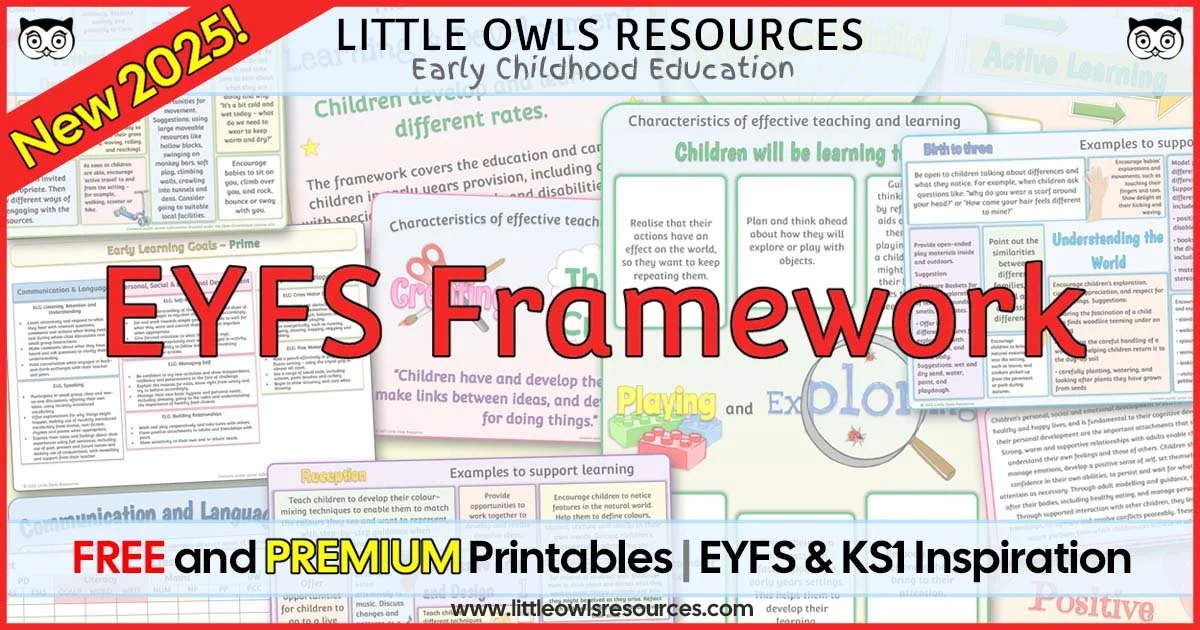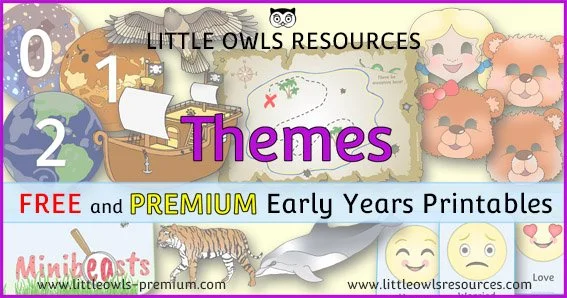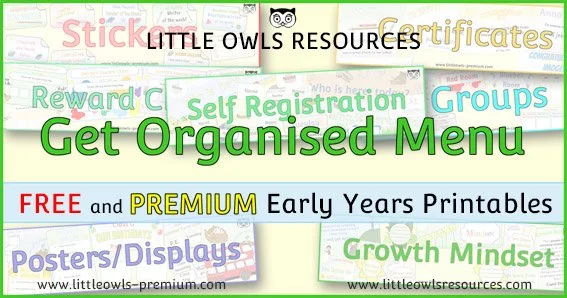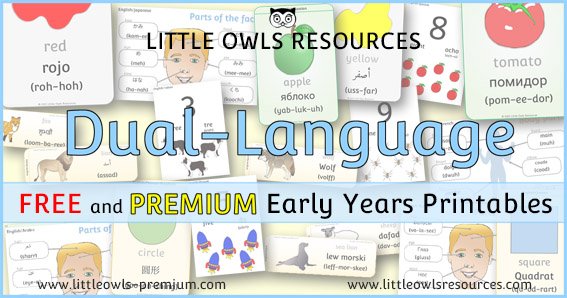Jokes and Humour: EYFS/Early Years activities, Displays and ideas
If you are not a member already, become a ‘Free Access’ member here. This will give you access to resources within the ‘Free Sample Resources’ sections at the top of most pages and ‘Special Dates Calendars’. Some whole topics are even free! Find out more about all of our membership options here. If you are already a member… thank-you! x
Please note that both Editable (docx file) and non-editable (pdf file) versions are available for the following resources. (Editable files require Microsoft Word to work at optimum level and Non-Editable files require a pdf viewer.)
Core ‘Jokes and Humour’ EYFS & KS1 Printable Activities and Displays
Related Special Dates | you may wish to explore with your children
The following is a list of awareness dates and events that may be of interest to you when covering the themes on this page. Each special date section below contains a brief description of the event, who started it and why, some ideas for exploring it with your children and a link to the official website of the awareness day or the primary organisation behind it where this is available. [Please note: external links are provided for informational purposes and we are not responsible for the content of external sites.]
Red Nose Day: Doing Something Funny for Money!
Red Nose Day is a biennial (every two years) fundraising event in the UK, typically held in March, organised by the charity Comic Relief. It's a vibrant and often hilarious day where people across the nation come together to "do something funny for money" and raise vital funds to help people living incredibly tough lives, both in the UK and around the world.
The main educational thrust behind Red Nose Day is to raise awareness about poverty and injustice and to inspire people, especially children, to understand the importance of empathy, generosity, and collective action to make a positive difference in the world. It shows children that even small acts of kindness and humour can contribute to significant change. The event also highlights that while life can be tough for many, we can use laughter and fun as a powerful tool to address serious issues.
A recognisable symbol of the day is the Red Nose, which people buy and wear to show their support. These noses are often designed to be silly and playful, reinforcing the "funny for money" theme. The day culminates in a star-studded televised telethon on the BBC, featuring comedy sketches, live performances, and inspiring stories of how the money raised helps communities.
Activities for EYFS and KS1 Practitioners and Parents:
Here are some engaging and age-appropriate ideas to celebrate Red Nose Day and teach children about its important message:
Wear Red and Noses: Encourage children to wear red clothing or, of course, their Red Noses! This simple act helps children feel part of the bigger event and creates a visually festive atmosphere.
Tell Jokes and Silly Stories: Embrace the "funny for money" theme! Have a joke-telling session, encourage children to share their favourite silly stories, or even challenge them to make up their own. You could create a "joke jar" and ask for small donations for each joke told.
Silly Faces Photo Booth: Set up a fun photo booth with props like oversized glasses, funny hats, feather boas, and, of course, Red Noses. Children can take silly photos, promoting imaginative play and laughter. You could even ask for a small donation for each photo taken.
Sponsored Silly Walk/Dance: Organise a sponsored "silly walk" or "silly dance-a-thon." Children can collect sponsors for how many silly steps they take or how long they can dance with funny moves. This combines physical activity with fundraising.
Red-Themed Baking/Cooking: Get cooking with red! Children can help make red-themed treats like red velvet cupcakes, strawberry tarts, or even simple biscuits decorated with red icing. This is a great way to incorporate colours and develop fine motor skills, with proceeds from selling the treats going to Comic Relief.
"Talent" Show (Silly Acts Only!): Host a mini "silly talent show" where children can showcase their funniest tricks, dances, or jokes. It's a low-pressure way for children to perform and build confidence, with a small entry fee or donations from the "audience."
Kindness Challenges: Link the fundraising to acts of kindness. Talk to children about how the money raised helps people who need it. Set simple "kindness challenges" for the day or week, such as helping a friend, sharing a toy, or making someone laugh. This reinforces the empathy aspect of the day.
Learn About Helping Others: Use simple stories or examples to explain to children how the money raised helps people. Focus on concrete examples, such as providing food, clean water, or safe places for children to learn and play. Comic Relief provides many age-appropriate resources on their website for this purpose.
"Do Something Funny for Money" Challenge: Let children brainstorm their own "funny for money" ideas, no matter how small. It could be wearing their clothes backwards for a day, trying to speak in a funny voice, or telling a specific number of jokes. This encourages creativity and ownership of their fundraising efforts.
Official Red Nose Day / Comic Relief Website: For more information, resources, fundraising ideas, and details about Red Nose Day, please visit the official Comic Relief website: www.comicrelief.com
International Joke Day
International Joke Day is an informal but widely celebrated observance held annually on July 1st. While not officially recognised by a large international body, it's a day embraced by people worldwide as an opportunity to share laughter, tell jokes, and simply enjoy the power of humour. It’s a chance to lighten the mood and appreciate the simple pleasure that a good laugh brings.
The main educational thrust of International Joke Day for EYFS and KS1 children is to highlight the positive power of humour, foster language development, and encourage social interaction and confidence. Telling and understanding jokes helps children with:
Language Skills: Understanding puns, wordplay, and often developing new vocabulary.
Sequencing and Memory: Jokes often require remembering a sequence of events or words.
Social Skills: Learning about timing, audience, and the joy of making others laugh.
Emotional Well-being: Laughter is fantastic for mood, stress reduction, and building connection.
Creativity: Encouraging children to invent their own silly jokes or riddles.
Activities for EYFS and KS1 Practitioners and Parents:
Here are some engaging and age-appropriate activities to celebrate International Joke Day with young children:
Joke-Telling Session: Gather in a circle and encourage children (and adults!) to share their favourite simple, age-appropriate jokes or silly riddles. Model telling a joke first.
"What's So Funny?" Discussion: After telling a joke, ask children why they found it funny. This helps them articulate their understanding of humour and wordplay.
Silly Rhyme Jokes: Create simple, silly rhyming "jokes" or couplets. "What do you call a bear with no teeth? A gummy bear!" Encourage children to come up with their own.
Funny Faces & Movement: Play a game where everyone makes funny faces or does silly walks. Laughter often comes from unexpected movements and expressions.
"Knock, Knock" Joke Practice: Practice simple "Knock, knock" jokes together. These are great for learning turn-taking and a predictable joke structure.
Example: "Knock, knock." "Who's there?" "Lettuce." "Lettuce who?" "Lettuce in, it's cold out here!"
Puppet Comedy Show: Use puppets to tell jokes or perform a silly skit. This can help shy children participate and explore different voices.
Draw a Funny Picture: Ask children to draw a picture of something that makes them laugh or a funny scene from a book.
Silly Story Creation: Start a story with a very silly premise (e.g., "Once there was a talking banana who wore a hat...") and go around the circle, with each person adding a silly sentence to continue the story.
Riddle Time: Share simple riddles that encourage critical thinking and word association.
Example: "What has to be broken before you can use it? An egg!"
"Laughter Yoga" (Simplified): Lead some simple, silly laughter exercises like forced laughter that often turns into real laughter, or contagious laughter where one person starts, and others join in.





















